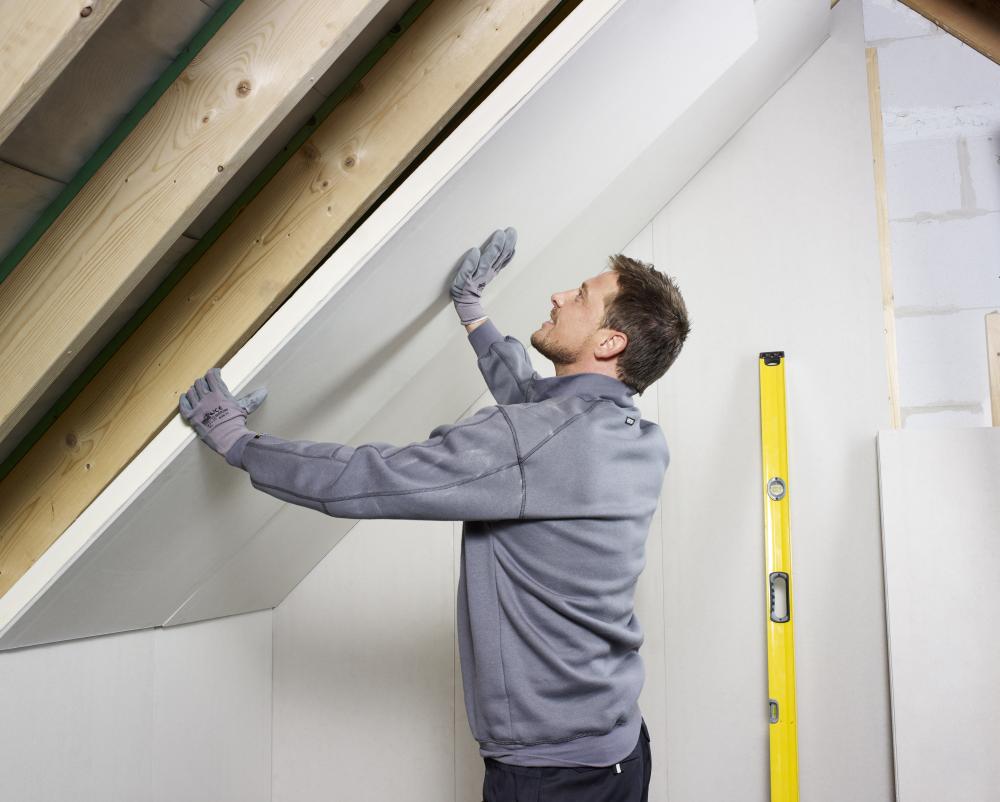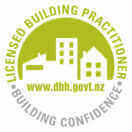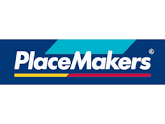Let talk follow your way!
Best price High quality Quick & efficient
Let talk follow your way!
Best price High quality Quick & efficient
Insulated plasterboard installation is an effective way to enhance a building’s thermal insulation and interior finish. This introduction will cover the essentials: understanding insulated plasterboard, necessary tools and materials, and a step-by-step installation guide.
The installation process will be detailed, from surface preparation to plasterboard fixing in Auckland, addressing common issues like corners and electrical outlets. We’ll conclude with finishing tips and safety considerations, making this guide invaluable for DIY enthusiasts and professionals.
When choosing insulated plasterboard, one of the key considerations is thickness. The thickness of the board directly impacts its insulating properties and suitability for different applications. Thicker boards offer better insulation but may require more space and different installation techniques. Understanding the range of available thicknesses and their corresponding thermal properties is crucial for selecting the right product for your specific insulation needs.
Phenolic Core
Phenolic core insulated plasterboard is known for its excellent thermal performance. This type of board typically has a lower thickness than others but provides superior insulation. It’s ideal for projects where space is limited but high thermal efficiency is required.
Pir Core
PIR (Polyisocyanurate) core plasterboard is another popular choice. It balances thermal efficiency and thickness well, making it suitable for various applications. PIR core boards are also known for their fire-resistant properties and are often used in areas where extra fire protection is necessary.
Eps Core
EPS (Expanded Polystyrene) core insulated plasterboard is a cost-effective option. While it may not provide the same level of thermal efficiency as Phenolic or PIR cores, it’s a practical choice for projects where budget constraints are a consideration. EPS core boards are also lightweight, making them easy to handle and install.
Installing insulated plasterboard effectively maximises its thermal efficiency and ensures a smooth, professional finish. Different methods can be used depending on the specific requirements of the project and the type of walls you are working with. Here are three common installation methods:
The Dot & Dab technique involves applying dabs of adhesive to the wall at strategic points and then pressing the plasterboard against them. This method is popular for its simplicity and effectiveness, particularly for solid walls. It allows for a degree of adjustment once the board is in place, making it easier to achieve a level surface.
This method involves mechanically fixing the plasterboard to the wall using screws or nails. It’s particularly useful for walls that might not provide a suitable surface for adhesives, such as those with uneven textures or existing coverings. The mechanical fix technique ensures a secure attachment but requires careful measurement and alignment to avoid damaging the insulation layer.
Adhesive foam is another option for installing insulated plasterboard. This method provides a strong bond and can be more forgiving of irregular wall surfaces than traditional adhesives. Foam can fill in gaps and create a more uniform insulation layer. However, it requires careful application to ensure an even distribution and effective adhesion.
When installing insulated plasterboards, it’s essential to be aware of and comply with relevant building regulations. These regulations often dictate minimum insulation requirements, fire safety standards, and moisture control measures. Adherence ensures not only the efficiency and safety of the installation but also legal compliance. It’s advisable to consult the latest building codes specific to your region or country, as these can vary and may have been updated to reflect new energy efficiency and safety standards.
Fixing insulated plasterboard to a brick wall involves a process that begins with preparing the wall. This preparation includes cleaning the wall to remove debris and ensuring a level surface. The next step is to apply an appropriate adhesive, such as the Dot & Dab method, to the back of the plasterboard. Once the adhesive is applied, the plasterboard is carefully positioned against the wall and pressed firmly to ensure strong adhesion. Using a spirit level helps in ensuring the board is straight and level. In some cases, especially with heavier boards, additional mechanical fixings may be used for extra stability. Finally, the joints between each sheet of plasterboard are sealed with joint tape and compound to achieve a smooth finish.
Attaching insulated plasterboard to rafters, a common method in roof insulation, involves several key steps. Initially, the plasterboard must be measured and cut accurately to fit between the rafters. It is also crucial to ensure an adequate insulation layer is in place between the rafters. The plasterboard is then fixed to the rafters using screws that are long enough to penetrate both the plasterboard and the rafters securely. Filling gaps between the plasterboard and the rafters with insulation tape or foam is essential to minimise thermal bridging. The final step involves applying joint tape and compound to the seams between the sheets, creating a smooth and seamless finish.
Fixing insulated plasterboard to a timber frame is common in building construction, particularly for creating energy-efficient walls and ceilings. The process begins with ensuring the timber frame is in good condition, without damage or instability. Precise measurements are crucial for cutting the plasterboard accurately to fit snugly between the timber studs. When positioning the boards, starting from one corner and using a spirit level ensures straight and level placement. The boards are then securely fastened to the timber studs using suitable screws, with careful attention to their length to ensure they penetrate the plasterboard and firmly grip the studs. Overlapping the joints of the boards over the studs provides additional stability. Finally, jointing tape and compound seal the joints for a smooth and finished appearance.
Attaching insulated plasterboard to a concrete wall involves a process that ensures a firm and long-lasting fit. The concrete wall should be prepared by cleaning it and removing any loose or protruding material. A strong adhesive suitable for concrete surfaces is applied to the back of the plasterboard in either the Dot & Dab method or as continuous vertical strips. Carefully pressing the plasterboard against the concrete wall ensures a solid bond with the adhesive. Checking the alignment of the boards with a spirit level helps maintain a straight and even application. In certain scenarios, particularly when working with heavier boards, the use of additional mechanical fixings might be necessary for enhanced security. The installation is completed by taping and jointing the seams between the boards, creating a seamless finish ready for any further decoration.
Fixing insulated plasterboard to a ceiling is a task that demands careful handling due to the overhead positioning and the weight of the boards. Start by ensuring the ceiling joists are strong and intact, as they will bear the weight of the plasterboard. Accurate measurements and precise plasterboard cutting are crucial for a snug fit. Employing a plasterboard lifter or getting help is advisable for safely lifting and positioning the boards. The plasterboard should be affixed to the ceiling joists with appropriate screws, ensuring even spacing and adequate penetration for secure attachment. Once all the boards are in place, sealing the joints with jointing tape and compound is essential for a smooth, professional finish.
Attaching insulated plasterboard to a stone wall presents unique challenges due to the uneven and hard nature of the stone. The process begins with thoroughly cleaning the stone wall and levelling any significantly uneven areas. A strong adhesive compatible with stone surfaces should be applied in dabs or vertical strips on the plasterboard. Careful positioning and pressing the board against the stone wall are crucial for a firm bond. In some cases, additional mechanical fixings might be required for enhanced support, particularly when dealing with heavier boards or less stable stone surfaces. The installation involves sealing the joints between the plasterboards with tape and jointing compound.
Installing insulated plasterboard on a solid wall, such as concrete or brick, involves several steps. The wall must be prepared by cleaning and removing any loose material. A suitable adhesive, applied in the Dot & Dab method or continuous vertical strips, is used to adhere the plasterboard to the wall. Careful placement and firm board pressing against the wall ensure a strong adhesive bond. A spirit level is necessary to confirm the straight and even alignment of the boards. In some scenarios, particularly with heavier boards, additional mechanical fixings might be employed for extra stability. The final step is to tape and joint the seams between the boards for a seamless finish.











